Budgeting Tips for Beginners: 10 Simple Steps to Master Your Money
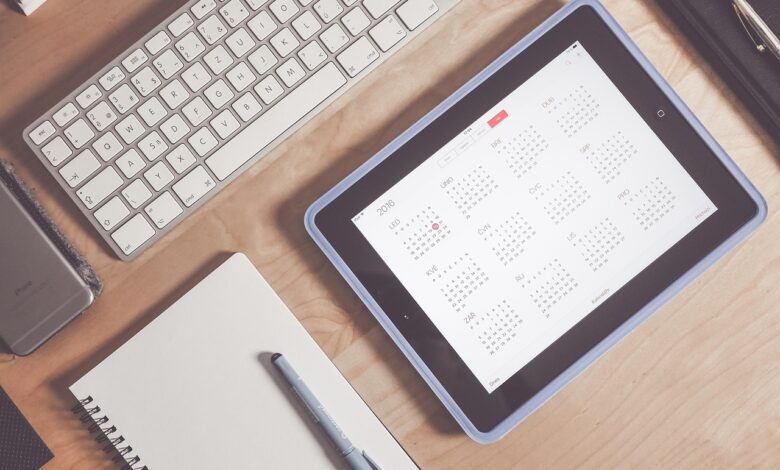
Budgeting feels scary when you’re starting from scratch. I get it. You’ve heard you “should” be budgeting, but the whole thing seems incredibly complicated, time-consuming, and restrictive.
When I first attempted budgeting at 22, I created an elaborate spreadsheet with 47 different expense categories, tried to track every penny, and gave up after three weeks when I couldn’t keep up with the complexity. I convinced myself that budgeting “didn’t work for people like me.”
Three years later, drowning in credit card debt and living paycheck to paycheck despite making decent money, I realized the problem wasn’t budgeting itself. It was trying to create a perfect system instead of starting with a simple, sustainable approach.
The second time I tried budgeting, I kept it stupidly simple. Within two months, I had more control over my money than I’d ever experienced. Within six months, I’d eliminated $8,000 in credit card debt and built my first emergency fund.
Today, I’m sharing the beginner-friendly budgeting system that actually works in real life, not just on paper.
What Is Budgeting and Why Does It Matter?
A budget is simply a plan for your money. It tells you where your dollars should go before you spend them, rather than wondering where they went after they’re gone.
The Purpose of Budgeting
Control instead of chaos: Know exactly how much you can spend in each area without guilt or anxiety.
Goal achievement: Dreams with funding behind them become reality much faster than hopes without plans.
Stress reduction: Nothing beats the peace of mind that comes from knowing you can pay your bills and still have money for your priorities.
Wealth building: Even small amounts saved consistently compound into significant money over time.
How Budgeting Transforms Your Finances
Eliminates impulse spending: When you have a plan, you make conscious decisions instead of reactive purchases.
Prevents lifestyle inflation: As your income grows, budgeting ensures the extra money goes toward priorities rather than just increased spending.
Builds financial discipline: The awareness that comes with budgeting naturally develops better money habits.
Creates opportunities: Having money saved gives you options when opportunities arise.
10 Essential Budgeting Tips for Beginners
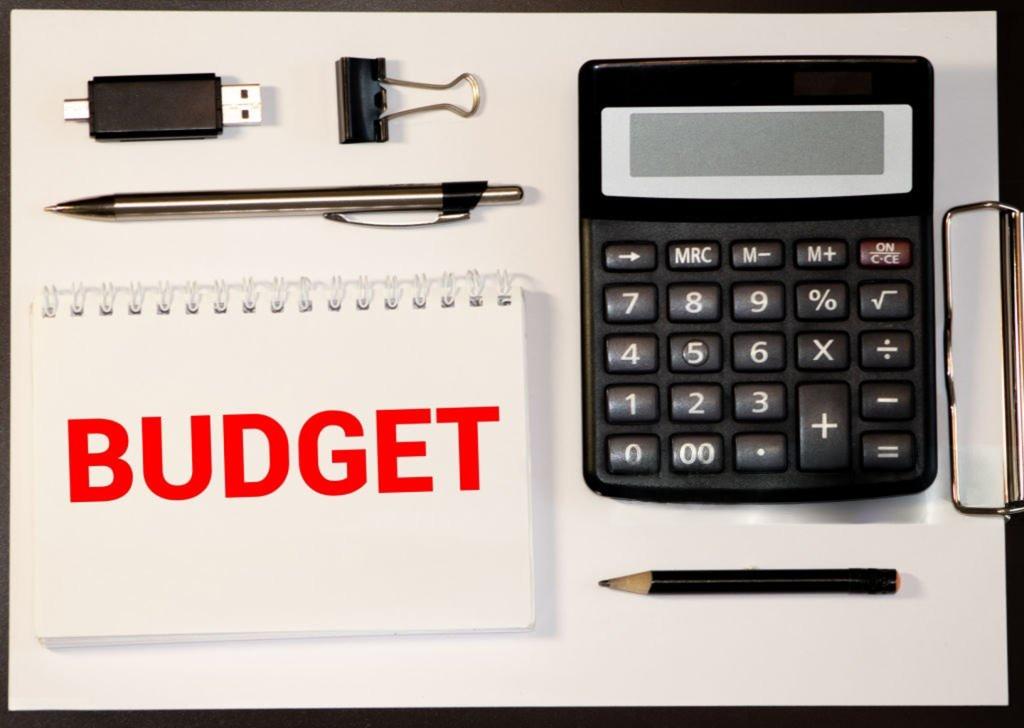
These strategies make budgeting simple, sustainable, and actually effective:
1. Start with Zero-Based Budgeting (But Keep It Simple)
Zero-based budgeting means your income minus all planned expenses equals zero. Every dollar gets assigned a job before you spend it.
Why this works for beginners: It prevents money from disappearing into “general spending” where it’s impossible to track.
Simple implementation:
- Calculate your monthly take-home income
- List your essential expenses (rent, utilities, food, transportation)
- Assign remaining money to savings and discretionary categories
- Ensure income minus all assignments equals zero
Example for $3,000 monthly income:
- Rent: $900
- Utilities: $150
- Groceries: $300
- Transportation: $200
- Insurance: $100
- Savings: $200
- Dining out: $100
- Entertainment: $50
- Total: $3,000 (zero remaining)
Beginner mistake to avoid: Don’t create 20+ categories initially. Start with 8-10 broad categories and add detail later.
2. Find Your Accountability Partner
Budgeting is easier when you’re not doing it alone. Having someone to share your progress and challenges with increases your success rate dramatically.
Best accountability partners:
- Spouse or partner: Make budgeting a team activity with shared goals
- Close friend: Choose someone who supports your financial improvement
- Family member: Someone who understands your financial priorities
- Online community: Forums and groups focused on budgeting and financial wellness
How to work with an accountability partner:
- Share your monthly budget goals
- Check in weekly about your progress
- Celebrate wins together
- Problem-solve challenges collaboratively
What to avoid: Don’t choose someone who undermines your budgeting efforts or pressures you to overspend.
If you’re going solo: Use budgeting apps with community features or join online forums where you can share your journey.
3. Prioritize Your Essential Categories First
When money is limited, you must fund the most important things first. This prevents you from accidentally spending your rent money on entertainment.
Essential categories (fund these first):
- Housing: Rent/mortgage, utilities, basic maintenance
- Food: Groceries for home cooking (restaurants come later)
- Transportation: Gas, car payment, insurance, basic maintenance
- Insurance: Health, auto, renters/homeowners
- Minimum debt payments: Credit cards, loans, required payments
Important but not essential:
- Savings goals: Emergency fund, retirement (important for your future)
- Quality of life: Dining out, entertainment, hobbies
- Personal care: Clothing, haircuts, gym memberships
Nice to have:
- Upgrades: Better phone, newer car, luxury purchases
- Convenience: Premium services, delivery apps, high-end brands
Beginner strategy: Fund essentials first, then add other categories as money allows. It’s better to fully fund important categories than to spread money too thin across many categories.
4. Always Include a Miscellaneous Category
Life happens. Cars break down, friends have birthday parties, and opportunities arise that weren’t in your original budget.
Why beginners need buffer money:
- Unexpected expenses don’t derail your entire budget
- Small emergencies don’t require credit card usage
- You have permission to spend on unplanned opportunities
- Less guilt when you spend money on legitimate surprises
How much to budget for miscellaneous:
- Tight budget: 3-5% of income
- Comfortable budget: 5-10% of income
- Higher income: 10-15% of income
What miscellaneous covers:
- Car repairs and maintenance
- Medical copays and prescriptions
- Gifts for events you forgot about
- Household items that break or run out
- Social activities that come up spontaneously
What it doesn’t cover: Regular purchases you should have budgeted for (groceries, gas, planned entertainment).
5. Cut Expenses Strategically, Not Drastically
The biggest beginner mistake is trying to eliminate all discretionary spending immediately. This creates a deprivation mindset that leads to budget rebellion.
Smart expense reduction strategies:
Start with the easiest wins:
- Cancel subscriptions you don’t use regularly
- Cook at home more often instead of eating out
- Find free or low-cost entertainment alternatives
- Negotiate better rates on insurance and utilities
Use the 80/20 principle: Focus on the 20% of expenses that consume 80% of your money. Usually that’s housing, food, and transportation.
Gradual reduction approach:
- Month 1: Reduce dining out by 25%
- Month 2: Find ways to lower grocery costs
- Month 3: Optimize transportation expenses
- Month 4: Review and reduce subscription services
Maintain some fun money: Always budget something for entertainment and personal purchases, even if it’s just $25 monthly. Feeling completely restricted leads to budget abandonment.
6. Set Specific Financial Goals
Budgets without goals are just expense tracking. Goals transform budgeting from a restriction into an exciting journey toward your dreams.
Types of beginner-friendly goals:
Emergency fund: Start with $500-1,000, then build to 3-6 months of expenses Debt elimination: Pick one debt and focus on paying it off completely Savings goals: Vacation, car down payment, home improvement Experience goals: Concert tickets, weekend trip, new hobby equipment
SMART goal framework:
- Specific: “Save $1,000 for emergency fund” not “save more money”
- Measurable: Dollar amounts and deadlines
- Achievable: Based on your actual income and expenses
- Relevant: Connected to what you actually want in life
- Time-bound: “By December 31st” creates urgency
Goal motivation strategies:
- Use visual tracking (progress bars, charts, photos)
- Celebrate milestones when you reach them
- Share goals with your accountability partner
- Connect goals to your deeper values and dreams
7. Eliminate Credit Cards (At Least Initially)
Credit cards make budgeting incredibly difficult for beginners because they disconnect spending from immediate financial consequences.
Why credit cards sabotage beginner budgets:
- You can spend money you don’t have
- The full impact of purchases isn’t felt until the bill arrives
- Minimum payments hide the true cost of purchases
- Interest charges eat up money that could go toward your goals
How to transition away from credit cards:
- Stop using them for new purchases immediately
- Switch to debit cards or cash for all spending
- Focus on paying off existing balances as quickly as possible
- Build an emergency fund to avoid future credit card dependency
What about credit scores: Your credit score won’t suffer from not using credit cards if you keep accounts open and pay off balances. You can build credit through other methods once you’ve mastered budgeting.
Emergency protocol: If you must use credit cards for true emergencies, have a specific plan for paying off the balance quickly.
8. Track Your Progress, Not Just Your Spending
Beginners often get bogged down in detailed expense tracking and forget to celebrate their progress toward larger goals.
What to track weekly:
- Did you stay within your major spending categories?
- How much did you save toward your goals?
- What unexpected expenses came up?
- Which areas of your budget need adjustment?
What to track monthly:
- Total amount saved and invested
- Progress toward specific financial goals
- Net worth calculation (assets minus debts)
- Overall budget performance and areas for improvement
Celebration milestones:
- First month completing a budget
- First $100 saved
- First debt payment beyond the minimum
- First month without using credit cards
Progress tracking tools:
- Simple notebook or journal
- Budgeting apps with goal tracking features
- Spreadsheet with progress charts
- Visual aids like thermometer drawings or progress bars
9. Use Cash for Problem Categories
If you consistently overspend in certain categories, cash creates natural spending limits that are impossible to exceed.
Best categories for cash budgeting:
- Groceries: Take exactly your budgeted amount to the store
- Entertainment: Withdraw your monthly fun money and make it last
- Personal care: Cash for haircuts, toiletries, and personal purchases
- Dining out: Physical money makes restaurant spending feel more real
How to implement cash budgeting:
- Calculate weekly amounts for cash categories
- Withdraw cash at the beginning of each week
- Use separate envelopes or wallet sections for different categories
- When cash is gone, spending in that category stops
Digital alternatives: If carrying cash feels unsafe, use separate checking accounts or prepaid cards for specific categories.
The psychology of cash: Physical money creates psychological resistance to spending that digital transactions don’t provide. Studies show people spend 12-18% less when using cash versus cards.
10. Use Technology to Simplify the Process
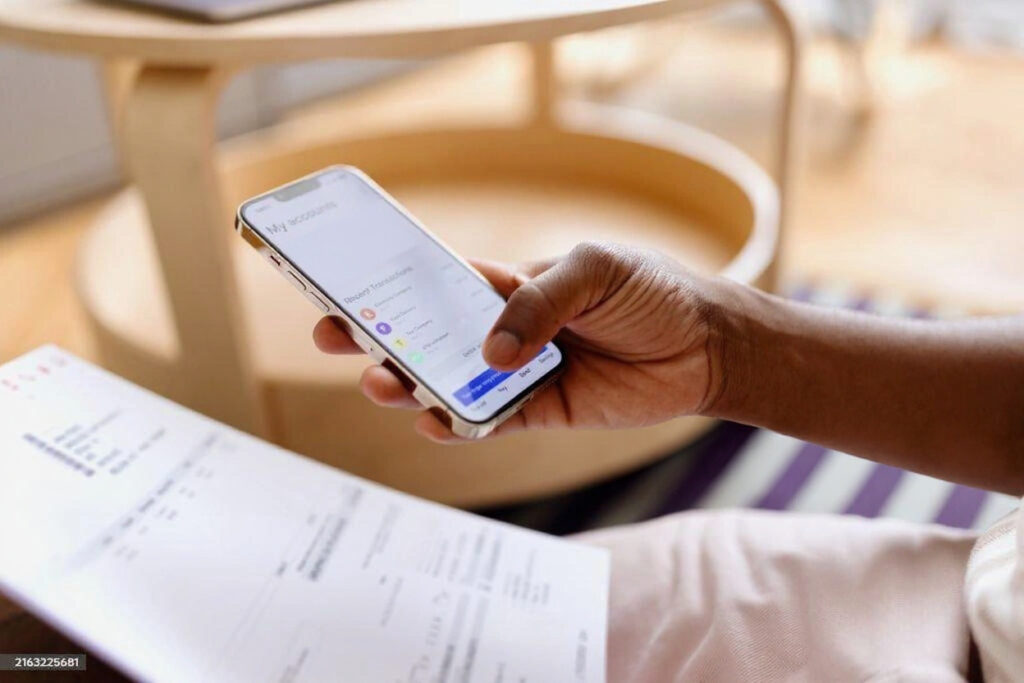
The right budgeting app can eliminate much of the manual work that makes budgeting feel overwhelming to beginners.
Best beginner-friendly budgeting apps:
Mint (Free):
- Automatic expense categorization
- Bill reminders and credit score monitoring
- Simple interface perfect for beginners
- Connects to all your bank accounts
YNAB (You Need A Budget) ($14.99/month):
- Designed for zero-based budgeting
- Excellent educational resources and customer support
- Real-time syncing across devices
- 34-day free trial
EveryDollar (Free basic version):
- Dave Ramsey’s budgeting philosophy
- Simple drag-and-drop interface
- Premium version includes bank syncing
PocketGuard (Free):
- Shows how much is “safe to spend” after bills and goals
- Prevents overspending with real-time alerts
- Simple interface focused on spending control
What to look for in a budgeting app:
- Easy setup and user-friendly interface
- Automatic transaction importing
- Goal tracking capabilities
- Bill reminders and alerts
- Multi-device syncing
How to Create Your First Budget (5 Simple Steps)
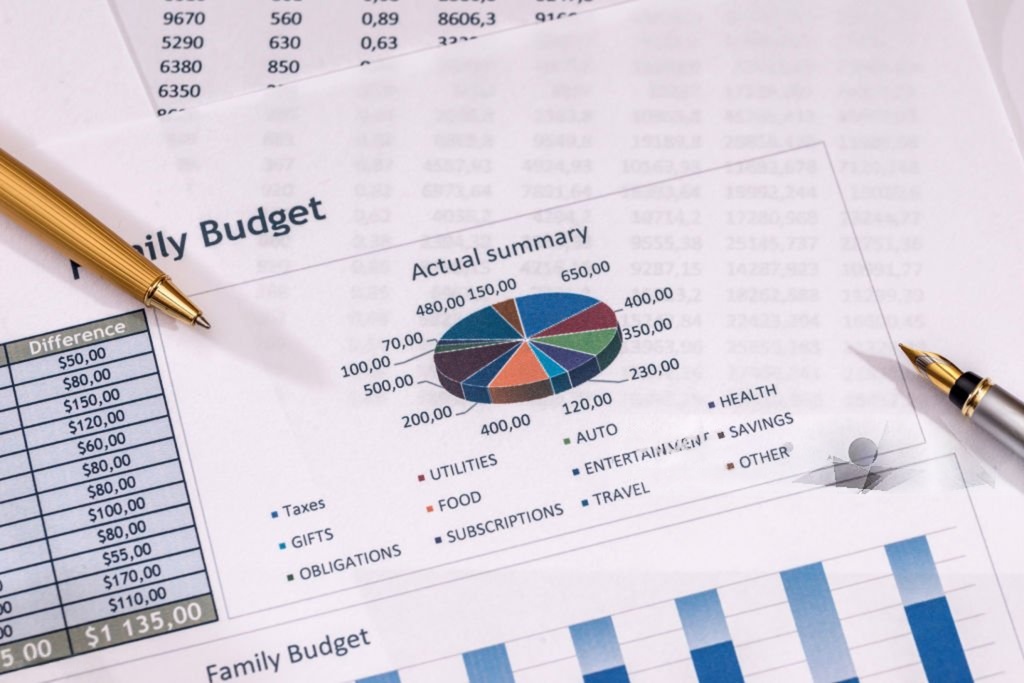
Follow this process to build a budget that actually works:
Step 1: Calculate Your Monthly Income
For salary earners: Use your take-home pay after taxes and deductions from your paystub.
For irregular income: Add up the last 6 months of income and divide by 6. Use this average, but be conservative.
Include these income sources:
- Primary job after-tax income
- Consistent side hustle earnings
- Regular support from family
- Predictable investment income
Don’t include:
- Irregular bonuses
- Tax refunds
- One-time income sources
- Money from selling belongings
Step 2: List Your Essential Expenses
Fixed expenses (same amount each month):
- Rent or mortgage payment
- Car payment
- Insurance premiums
- Subscription services
- Minimum debt payments
Variable expenses (amounts change but occur regularly):
- Utilities (electricity, gas, water)
- Groceries and household supplies
- Transportation (gas, parking, public transit)
- Phone bill
Review your bank statements: Look at the last 2-3 months to identify all your regular expenses.
Step 3: Apply Zero-Based Budgeting
Subtract expenses from income:
- If you have money left over, assign it to savings goals and discretionary categories
- If expenses exceed income, you must reduce expenses or increase income
Allocation priority:
- Essential expenses (housing, utilities, food, transportation)
- Minimum debt payments
- Small emergency fund ($25-50 monthly)
- Discretionary spending (entertainment, personal purchases)
- Additional savings goals
Step 4: Track Your Spending
Choose your tracking method:
- Budgeting app that connects to your bank accounts
- Simple notebook where you write down purchases
- Weekly receipt review and categorization
- Daily photo documentation of purchases
What to track:
- Amount spent in each category
- Remaining budget in each category
- Unexpected expenses that arise
- Categories where you consistently overspend
Weekly review questions:
- Am I staying within my planned spending amounts?
- Which categories need adjustment?
- What surprised me about my spending this week?
Step 5: Adjust and Plan for Next Month
End-of-month review process:
- Compare actual spending to planned spending
- Identify categories that were over or under budget
- Celebrate areas where you stayed on track
- Plan adjustments for the following month
Common first-month discoveries:
- Grocery budget was too low
- Entertainment budget was too high
- Forgot about seasonal expenses
- Need larger miscellaneous category
Month 2 improvements:
- Adjust category amounts based on actual spending
- Add categories you forgot in month 1
- Refine goal amounts to be more realistic
- Automate savings transfers to make them easier
How to Stick to Your Budget

Creating a budget is just the first step. Here’s how to actually follow it:
Eliminate Temptation
Environmental changes:
- Unsubscribe from promotional emails
- Remove shopping apps from your phone’s home screen
- Avoid stores and websites that trigger impulse purchases
- Find free or low-cost alternatives to expensive entertainment
Use the 24-Hour Rule
For any unplanned purchase over $25, wait 24 hours before buying. This simple pause often eliminates impulse purchases.
Prepare for Social Spending
Strategies for social situations:
- Set aside specific money for social activities
- Suggest lower-cost alternatives when friends make expensive plans
- Be honest about your budget limitations
- Find friends who support your financial goals
Build New Habits Gradually
Don’t change everything at once:
- Week 1: Start tracking expenses
- Week 2: Implement cash spending for one category
- Week 3: Begin cooking at home more often
- Week 4: Set up automatic savings transfer
Common Beginner Budgeting Mistakes (And How to Avoid Them)
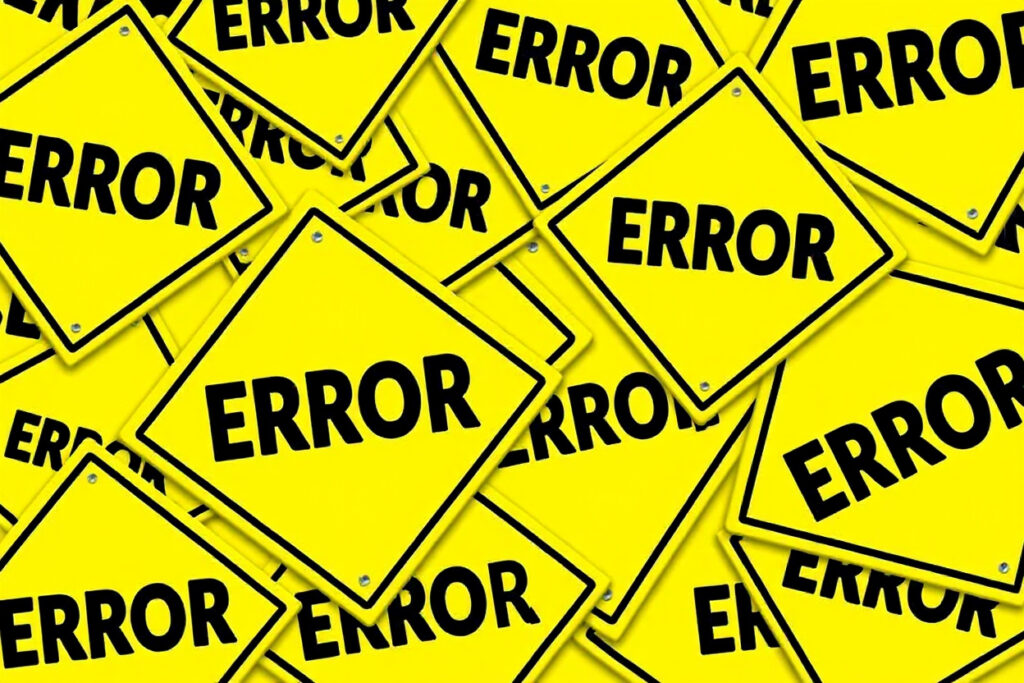
Learn from these frequent errors to accelerate your success:
1. Not Writing Your Budget Down
The mistake: Trying to keep your budget “in your head” without documentation. Why it fails: Mental budgets are vague, easily forgotten, and impossible to track. The solution: Use an app, spreadsheet, or paper to document your budget clearly.
2. Setting Unrealistic Expectations
The mistake: Cutting all discretionary spending to maximize savings immediately. Why it fails: Extreme restrictions lead to budget rebellion and system abandonment. The solution: Include reasonable amounts for entertainment and personal purchases.
3. Ignoring Irregular Expenses
The mistake: Only budgeting for regular monthly expenses. Why it fails: Birthday gifts, car maintenance, and seasonal expenses destroy budgets. The solution: Review your calendar and plan for predictable irregular expenses.
4. Not Planning for Emergencies
The mistake: Assuming nothing unexpected will happen. Why it fails: When emergencies occur, they force you to break your budget or go into debt. The solution: Build a starter emergency fund and include miscellaneous money in your budget.
5. Giving Up After One Bad Month
The mistake: Abandoning budgeting entirely after overspending in some categories. Why it fails: Perfection isn’t the goal; progress is the goal. The solution: Treat mistakes as learning opportunities and adjust your budget for the following month.
6. Making It Too Complicated
The mistake: Creating detailed budgets with dozens of categories and subcategories. Why it fails: Complexity creates more work and decision fatigue. The solution: Start with broad categories and add detail only where you have consistent problems.
7. Focusing Only on Restriction
The mistake: Using budgets only to limit spending without including positive goals. Why it fails: Pure restriction feels punitive rather than empowering. The solution: Balance expense control with progress toward exciting goals.
Best Budgeting Apps for Beginners
These tools make budgeting easier and more sustainable:
Free Options
Mint:
- Connects to all bank accounts automatically
- Categorizes expenses for you
- Provides credit score monitoring
- Sends bill reminders and spending alerts
- Excellent for tracking net worth and investments
- Free comprehensive financial overview
- Good for people focused on wealth building
EveryDollar (Basic):
- Simple zero-based budgeting interface
- Based on Dave Ramsey’s principles
- Easy to use for beginners
Paid Options (Worth Considering)
YNAB ($14.99/month):
- Designed specifically for zero-based budgeting
- Excellent customer education and support
- Users typically save more than the subscription cost
PocketGuard (Premium $4.99/month):
- Focuses on preventing overspending
- Shows “safe to spend” amounts in real-time
- Good for chronic overspenders
Next Steps After Your First Month
Once you’ve successfully completed your first budget, here’s how to build on that success:
Month 2: Refine Your Categories
- Adjust amounts based on actual spending from month 1
- Add categories you forgot initially
- Combine categories that are too small to matter
- Split categories where you consistently overspend
Month 3: Automate What You Can
- Set up automatic transfers for savings goals
- Use autopay for fixed bills to reduce mental burden
- Consider automating investments if your budget is stable
Months 4-6: Optimize Your System
- Find ways to reduce expenses without reducing satisfaction
- Increase savings amounts as you get more efficient
- Add new financial goals as you achieve initial ones
- Consider more advanced budgeting strategies
Long-term Success Factors
Consistency over perfection: It’s better to follow an imperfect budget consistently than to abandon a perfect budget after two weeks.
Flexibility within structure: Budgets should provide guidance, not create stress when life happens.
Regular reviews and adjustments: Your budget should evolve as your income, expenses, and priorities change.
Focus on progress: Celebrate improvements rather than demanding immediate perfection.
Final Thoughts on Budgeting for Beginners
Budgeting isn’t about restricting your life or eliminating all fun from your finances. It’s about being intentional with your money, so it serves your priorities rather than disappearing into random purchases you don’t remember making.
The most successful budgeters aren’t the ones who track every penny perfectly. They’re the ones who consistently direct their money toward what matters most to them, even if they have to adjust their plans along the way.
Your first budget won’t be perfect, and that’s completely normal. The goal is progress, not perfection. Start simple, stay consistent, and improve gradually as you learn what works for your specific situation.

